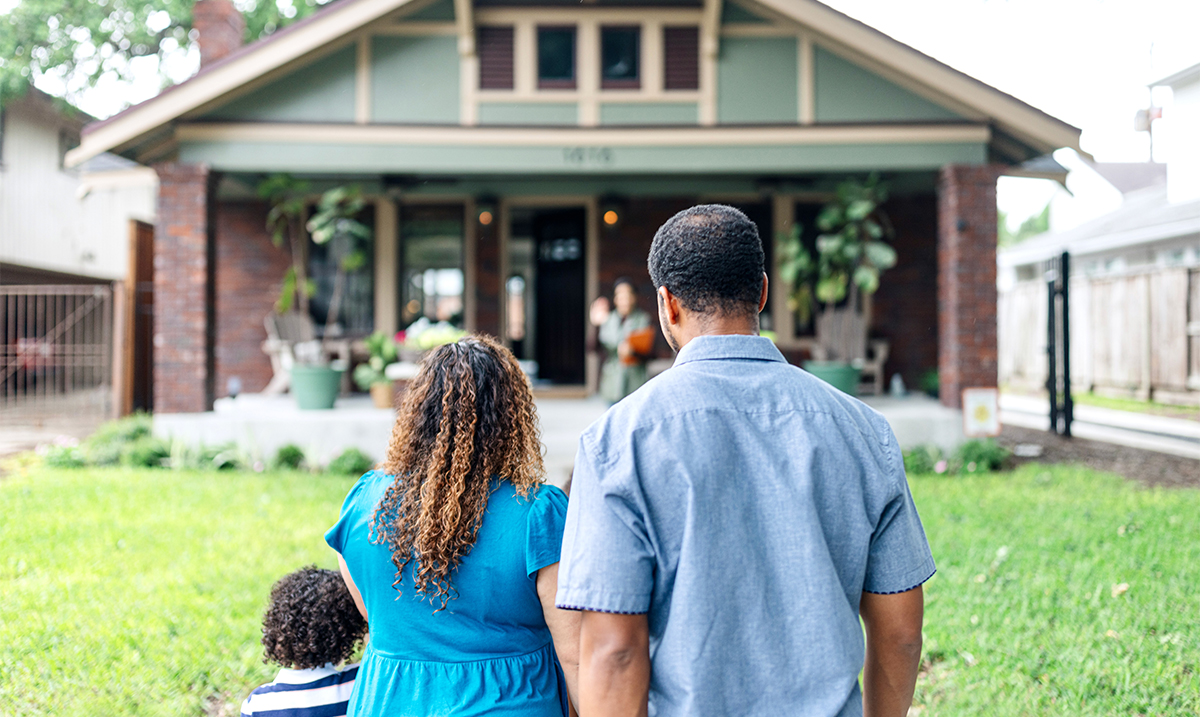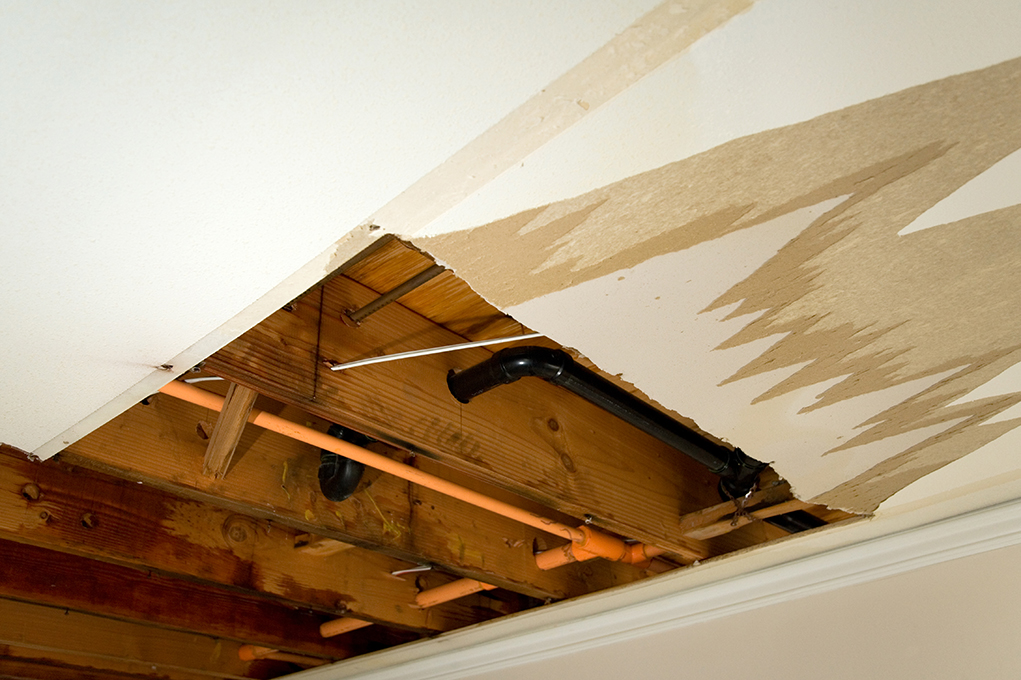What exactly does it mean to be insured at replacement cost? The typical Insurance Services Office (ISO) Homeowners policy (HO-3 10 00) insures the Dwelling at replacement cost (RCV) and your Personal Property at actual cash value (ACV). This is often modified with the addition of an endorsement shown as “Personal Property Replacement Cost”, sometimes listed on the Declarations as form HO 4 90, that in return for an additional amount of premium paid, insures your personal property at replacement cost value.
Replacement cost (RCV) is often defined as the cost to replace insured property today with property of like kind and quality without deduction for depreciation. In contrast, actual cash value (ACV) is generally defined as the cost to repair or replace the damaged property with materials of like kind and quality, less depreciation of the damaged property. Courts have differed as to whether depreciation includes economic obsolescence as well as actual physical depreciation.
But what does all this actually mean to the homeowner looking to recover from losses to his home? The policy typically states, “we will pay the cost to repair or replace, after application of any deductible and without deduction for depreciation, but not more than the least of the following amounts:
(1) The limit of liability under this policy that applies to the building ;
(2) The replacement cost of that part of the building damaged with material of like kind and quality and for like use; or
(3) The necessary amount actually spent to repair or replace the damaged building.
The policy further states, “You may disregard the replacement cost loss settlement provisions and make claim under this policy for loss to buildings on an actual cash value basis. You may then make claim for any additional liability according to the provisions of this Condition C. Loss Settlement, provided you notify us of your intent to do so within 180 days after the date of loss.
Many homeowners have difficulty in understanding the practical effect of these provisions on their recovery. What the policy is saying is that in order to recover the replacement cost (RCV) the homeowner must actually replace the damaged property with material of like kind and quality and document the amount actually spent. Until the repairs or replacement have been made and the expense documented, the homeowner is only paid the depreciated amount known as the actual cash value (ACV). In most cases this is a two step process. The homeowner is first paid the depreciated amount (ACV) and then may make claim for the full replacement cost (RCV) after they have made repairs or replacement of the damaged property.
While many homeowners are aware that they have replacement cost coverage for their homes and property, few truly understand that payment of full replacement cost is contingent upon the actual replacement of their damaged property and documenting the costs incurred.
If you have more questions, we are here for you as your residential public adjuster.




